The Enigmatic Shahr-e Gholghola: Afghanistan’s City of Screams
Shahr-e Gholghola, also known as the City of Screams, Woe, or Sorrows, stands near the town of Bamyan, Afghanistan. This archaeological site, rich in history and tragedy, tells the story of a siege, betrayal, and relentless warfare.
Get your dose of History via Email
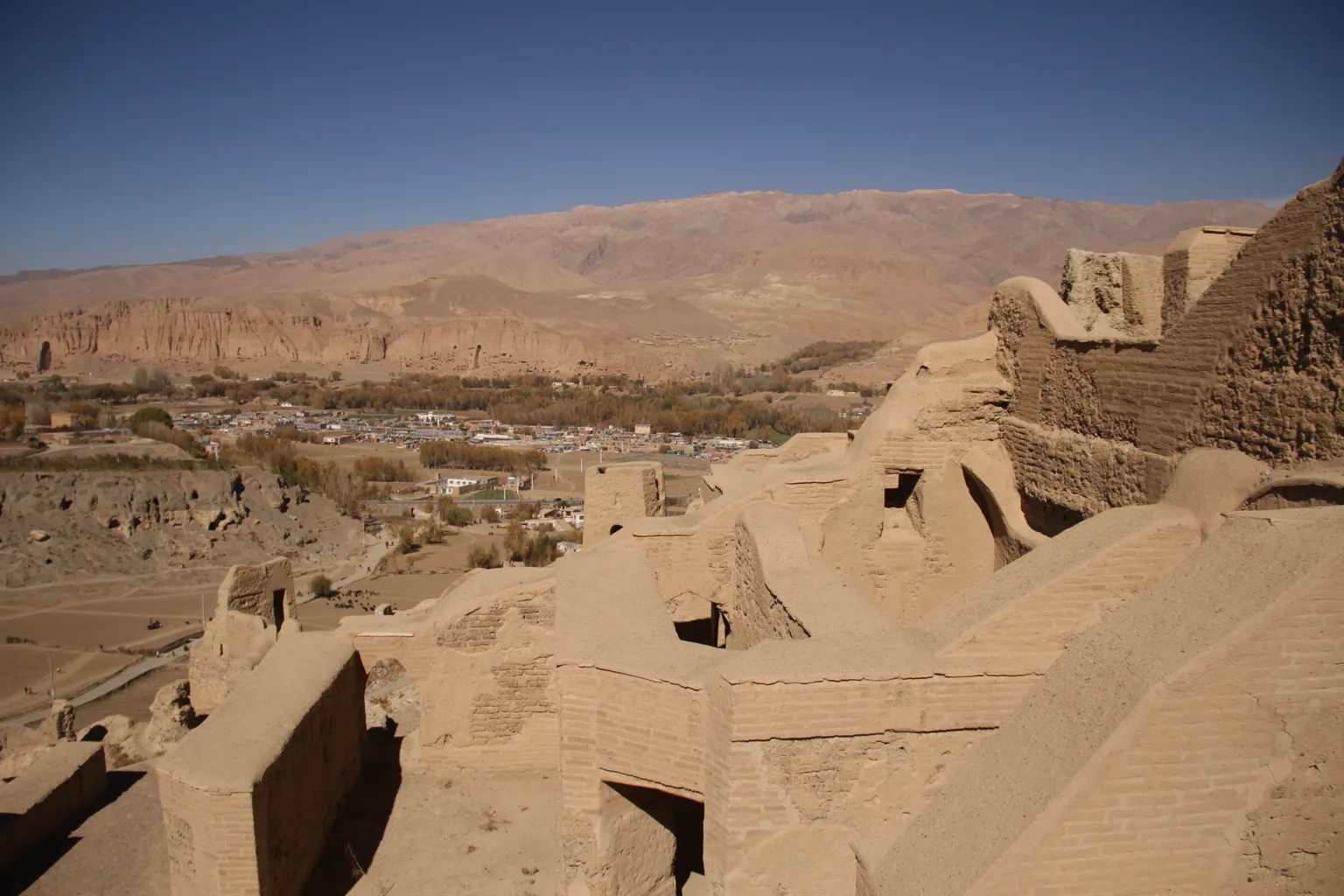
The Siege of Bamyan
In 1221, the Siege of Bamyan took place here during the Mongol pursuit of Jalal ad-Din Mingburnu, the last ruler of the Khwarezmian Empire. Genghis Khan’s favorite grandson, Mutukan, son of Chagatai Khan, fell to an arrow shot from the besieged walls. Enraged by this loss, Genghis Khan ordered a massacre of the city’s population and its surrounding region. This event gave Shahr-e Gholghola its haunting nickname, the “City of Woe.”
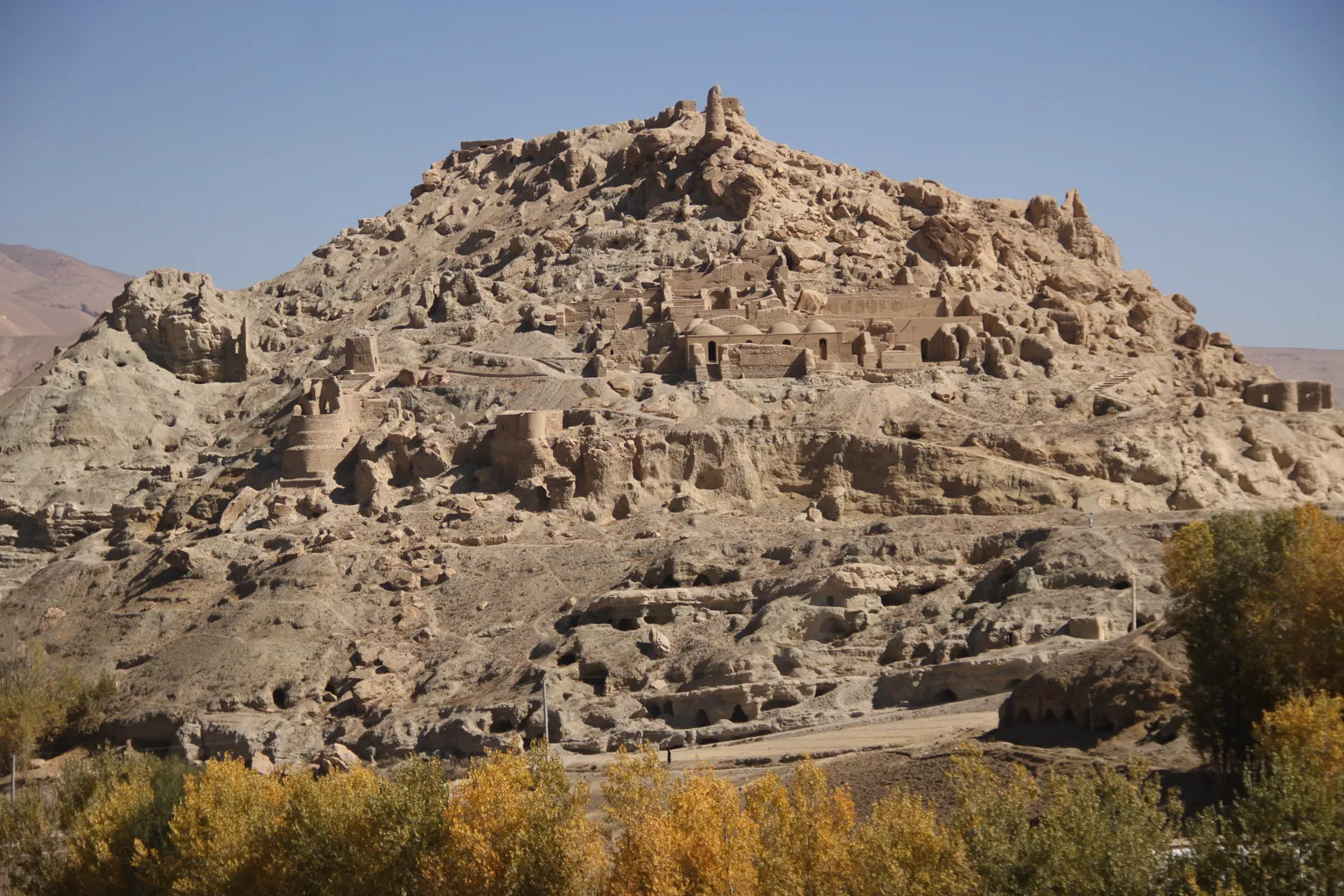
The Last Stand of Bamiyan
A short 20-minute walk from Bamyan leads to the remnants of Ghorid Bamiyan’s final stand against the Mongol hordes. Perched on a commanding rise, Shahr-e Gholghola was once reputed to be the best-defended of Bamiyan’s royal citadels. The fortress fell not by force but through betrayal.
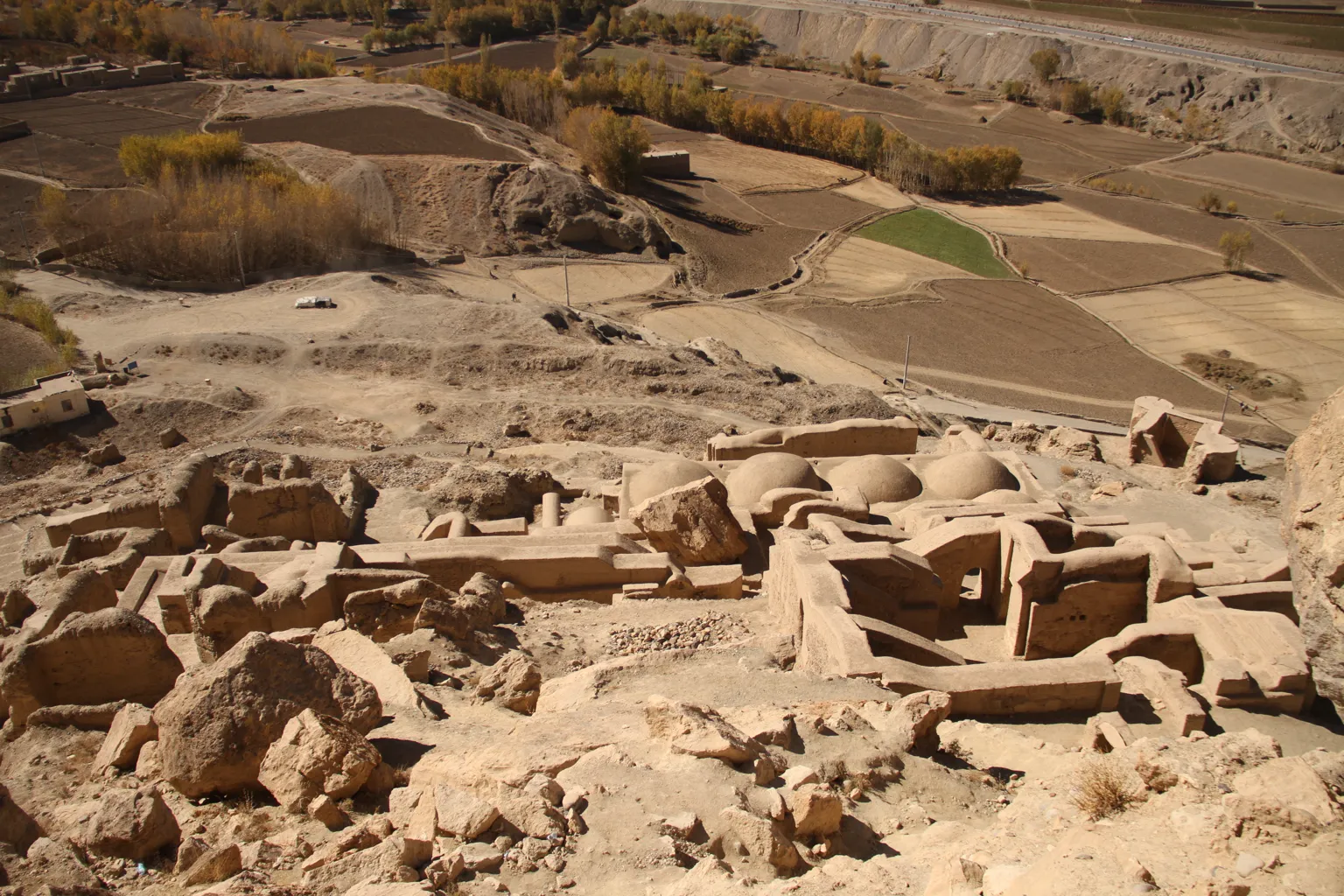
A Tale of Treachery
Bamiyan’s ruler, Jalaludin, held strong against Genghis Khan’s siege. However, his daughter, angered by her father’s remarriage to a princess from Ghazni, betrayed the castle’s secret entrance to the Mongols. Expecting a reward, she instead met a grisly end, as the Mongols executed her and slaughtered the remaining defenders. The resulting chaos and screams of the massacre gave the citadel its grim name, “City of Screams.”
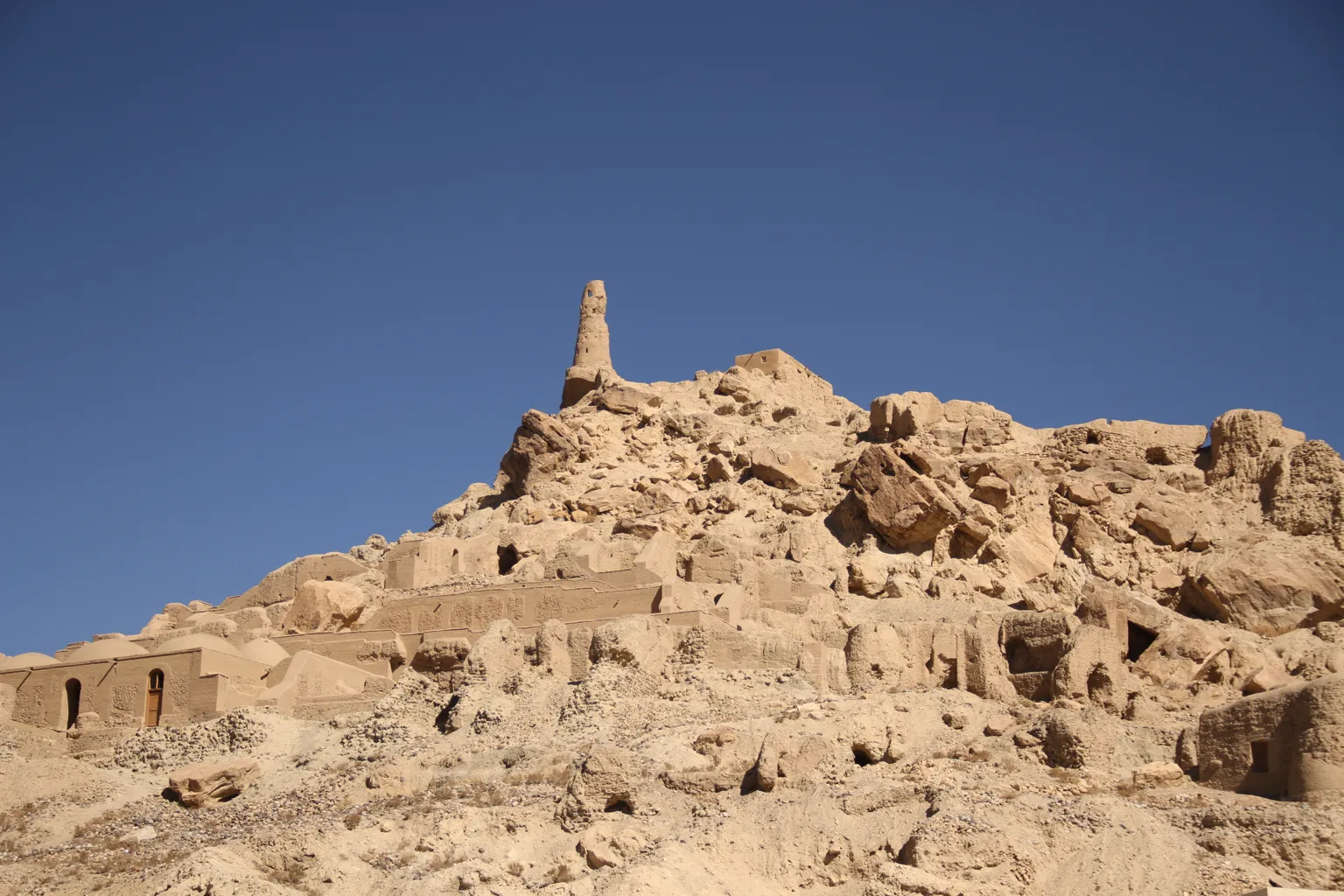
Journey to the Citadel
To reach the citadel, take the road up Teppe Baba Shah and veer left at the first junction. The walk, winding past wheat and potato fields, is particularly pleasant in late summer, when you can watch yoked oxen threshing grain. The road skirts the base of the citadel, with a path leading to a cleared parking area. Though the ruins were mined during the war, staying on the worn path to the summit ensures safety. At the top, a small police post requires visitors to produce a ticket, which also covers entry to the Buddha Niches and Shahr-e Zohak.
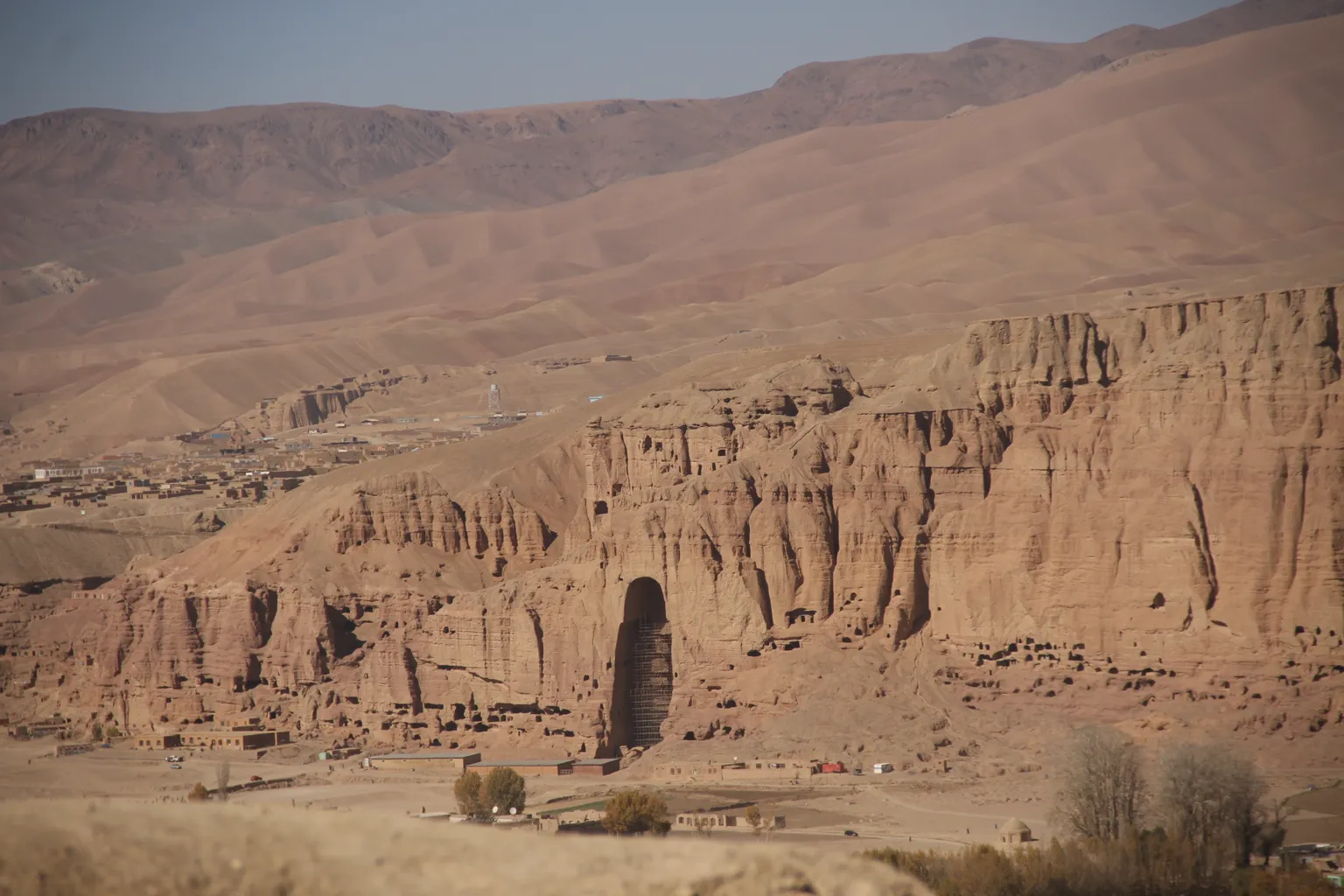
Breathtaking Views
The citadel offers stunning views over the valley and the cliff walls. Looking south, you can see the Kakrak Valley, once home to a 6.5-meter standing Buddha, now lost but whose niche is still visible to the naked eye. The couple-hour walk through picturesque farmland from the citadel to this valley is worth the effort. Between the citadel and this valley lie the remains of Qala-e Dokhtar, or the Daughter’s Castle, once the residence of Jalaludin’s treacherous daughter.
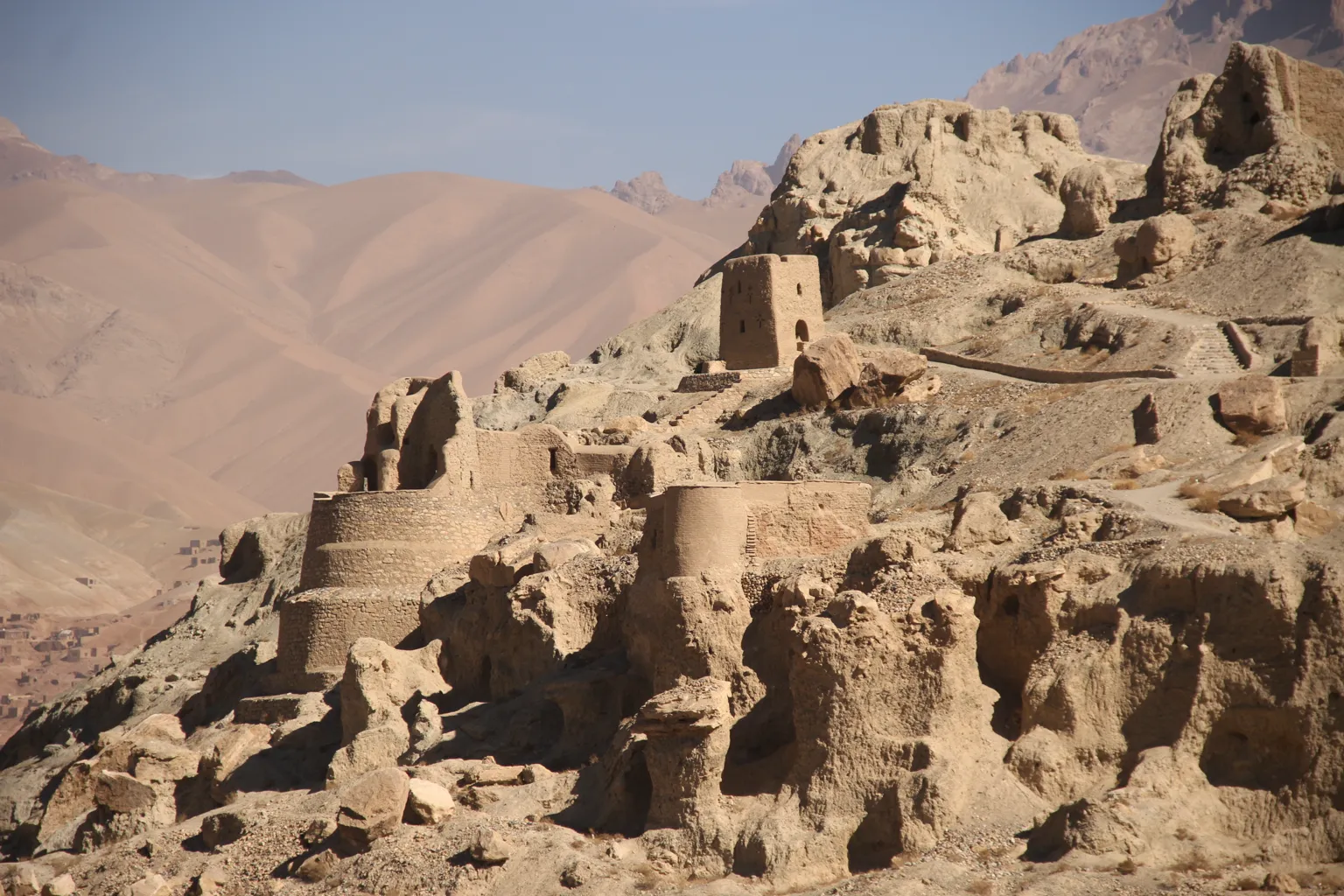
A Journey Through Time
Exploring Shahr-e Gholghola is like stepping back into a tumultuous past, where tales of valor, betrayal, and destruction come to life. The ruins, perched atop a hill, whisper stories of a bygone era, inviting visitors to reflect on the enduring legacy of history’s harshest lessons.
Sources:

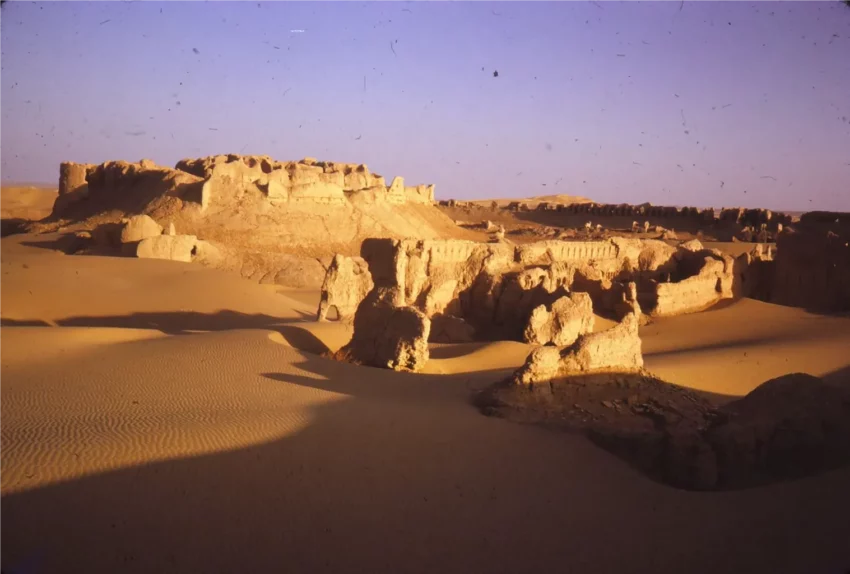
Who doesnt love the history of such amazing places and the inhabitants there of throughout its history… how they lived… their culture…. Fascinating
I was thinking it would be helpful if you included a little map next time, so the reader can juxtapose this information with present day situations happening near this location?
A map is a great idea. Thank you
Great articule the Afghanistan area involve such a amount of history between West and East and this is quite helpfull for better understanding